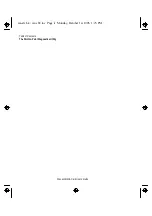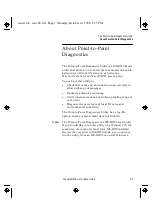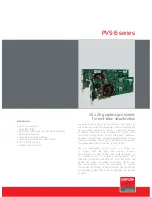
Radio-frequency Network Characteristics
-1
WaveLAN/ISA Card User’s Guide
4
Troubleshooting
4
Radio-frequency Network
Characteristics
4
In general, a radio-frequency Local Area Network
behaves in much the same way as other types of LAN.
However, due to the nature of the transmission medium,
radio-frequency networks are more sensitive to:
●
Signal interference (Noise).
●
Signal attenuation.
Signal Interference
4
Signal interference (or noise) is radio-frequency signals
detected by a receiving antenna, that were not
transmitted by any station in the receiving station's
network. The source of the interfering signal may be:
●
Adjacent WaveLAN network with a different
Network ID.
●
Other radio-frequency communications devices.
●
Non-network sources such as:
●
Security gates (like those often placed near the
entrances of shops and department stores).
●
Elevator motors.
●
Photocopiers.
●
Microwave ovens.
For most non-network noise sources the effect is local
and can be eliminated by relocating the antenna or
computer. Users of 2.4 GHz WaveLAN cards can often
solve the problem by selecting another frequency.
Signal Attenuation
4
Signal attenuation is a loss of signal strength, which
occurs naturally over distance, but which also can be
isa-src.bk : isa-ch4.frm Page 1 Monday, October 14, 1996 1:23 PM















































